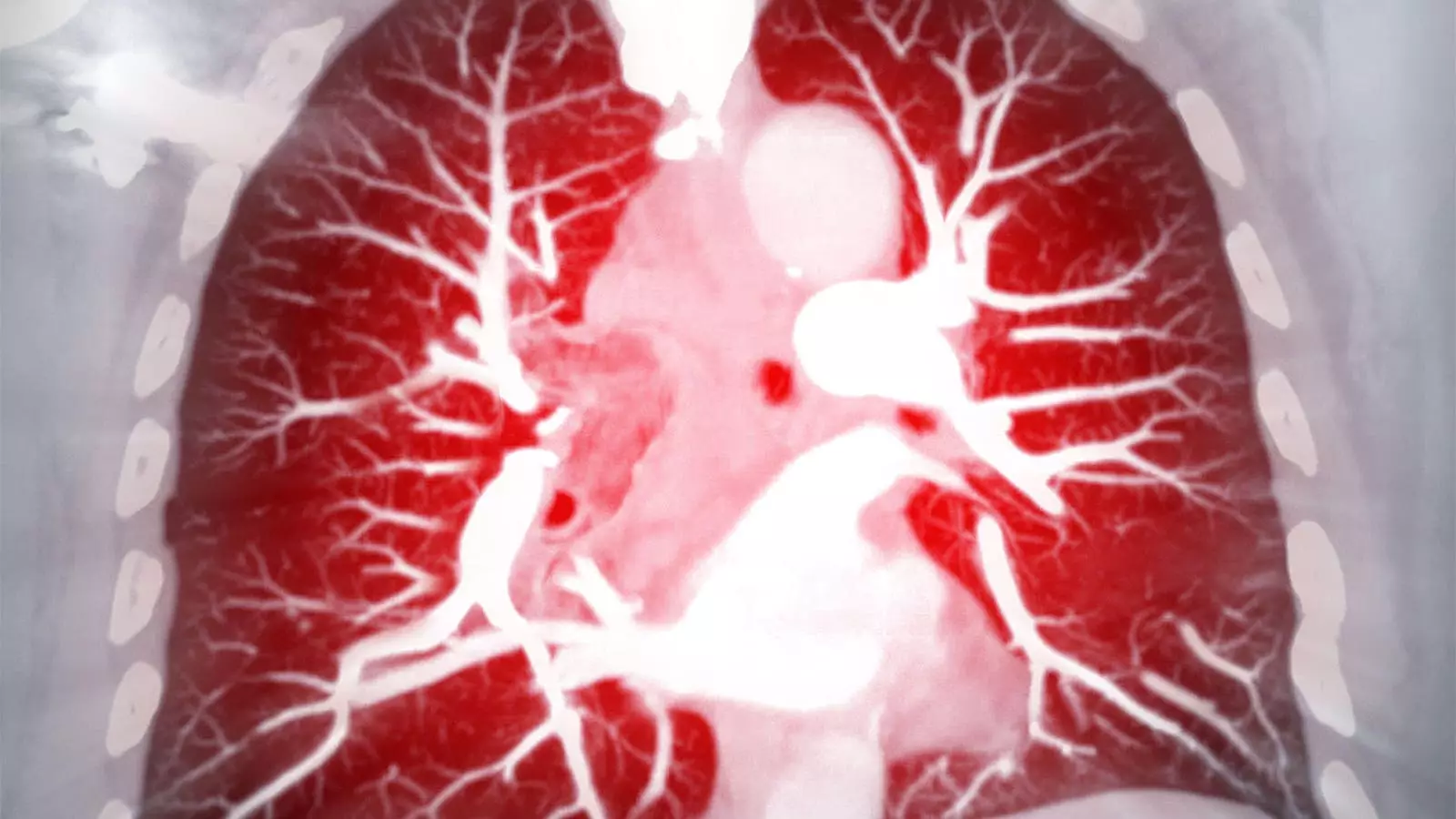Pulmonary arterial hypertension (PAH) represents a challenging therapeutic landscape defined by high morbidity, mortality, and significant treatment complexity. As the healthcare community continuously seeks innovative solutions for these patients, recent months have brought crucial developments with the FDA’s approval of two distinct treatment approaches: the combination of macitentan and tadalafil (Opsynvi) and the biologic therapy sotatercept (Winrevair). This article delves into the nuances surrounding their clinical uptake, therapeutic implications, and potential future roles within PAH management.
In March, the approval of both sotatercept and Opsynvi sparked enthusiasm among clinicians and patients alike, yet initial uptake trends reveal a stark contrast between the two therapies. Sotatercept, recognized as the first activin-signaling inhibitor for PAH, has rapidly gained traction, surpassing initial expectations in its adoption. Dr. Kristin Highland of the Cleveland Clinic notes that the enthusiasm surrounding sotatercept’s capabilities has driven its swift integration into treatment protocols. By enhancing exercise capacity and reducing the risk of clinical worsening in individuals with PAH, sotatercept offers a novel approach in what has traditionally been a limiting therapeutic domain.
In contrast, the introduction of Opsynvi has seen a more sluggish uptake. Concerns regarding prior-authorization requirements, alongside the availability of generic alternatives, have created barriers hindering patient access to this combination therapy. Highland highlights that existing patients on therapy may be reluctant to navigate the complexities of yet another approval process, particularly when well-established treatment options are already effective for them. These dynamics suggest that while one treatment finds favor, the other may grapple with systemic obstacles inherent in the healthcare reimbursement landscape.
Sotatercept’s approval was primarily rooted in compelling data derived from pivotal trials, including the PULSAR and the STELLAR studies. Upon observing the trial results, Dr. Highland remarked on the dramatic improvements noted in patients enrolled at the Cleveland Clinic. With outcomes demonstrating enhanced functional capacity, reduced morbidity or mortality risks among severe cases, and significant shifts in hemodynamic parameters, sotatercept raises hopes for a transformative shift in PAH treatment paradigms.
Interestingly, while the results of these studies indicate a favorable profile for sotatercept, Highland emphasizes the necessity of caution. As a newly launched therapeutic agent, the long-term safety profile of sotatercept remains a subject of ongoing inquiry, with particular attention warranted to potential side effects, including bleeding incidents. Furthermore, the basic assumption that sotatercept will be effective in all PAH patients—regardless of their background therapy—remains untested, posing questions about its applicability across diverse patient demographics.
Macitentan/tadalafil, on the other hand, embodies a historic approach as the first single-tablet dual therapy combining an endothelin receptor antagonist and a phosphodiesterase-5 inhibitor. Given that PAH patients often navigate an extensive medication regimen, this combination is seen as a pragmatic solution that could enhance patient compliance and satisfaction. The A DUE trial has, indeed, demonstrated better pulmonary vascular resistance outcomes for Opsynvi when compared to traditional monotherapy options.
Yet, Highland foresees hesitance among clinicians regarding the initiation of upfront combination therapies for patients with comorbidities, opting instead for a methodical, sequential approach. While guidelines advocate for upfront combination therapy, the reluctance in clinical practice underscores the complexity of patient management in the face of overlapping health issues.
The landscape of PAH treatment remains in constant flux, with ongoing clinical trials poised to deliver critical insights. In particular, the HYPERION trial, assessing sotatercept in newly diagnosed intermediate- to high-risk PAH patients, could significantly inform treatment eligibility criteria and expand the drug’s clinical applicability. Moreover, the potential implications of treating post-capillary pulmonary hypertension patients with sotatercept, as outlined in the CADENCE study, could herald a paradigm shift in treating related pulmonary conditions.
In light of these advancements, what has become increasingly evident is that the future of PAH therapy may not rest on a singular treatment modality, but rather a spectrum of therapeutic options that cater to an increasing diversity of patient presentations. As more data emerges, healthcare providers will be entrusted with the responsibility of tailoring treatment protocols that address individual patient needs while navigating the predetermined hurdles that impact access and utilization.
While the FDA approvals of sotatercept and Opsynvi serve as pivotal milestones in the management of PAH, ongoing evaluation of their efficacy, accessibility, and long-term impacts will be essential as clinicians strive to optimize patient outcomes in this challenging clinical territory.


Leave a Reply